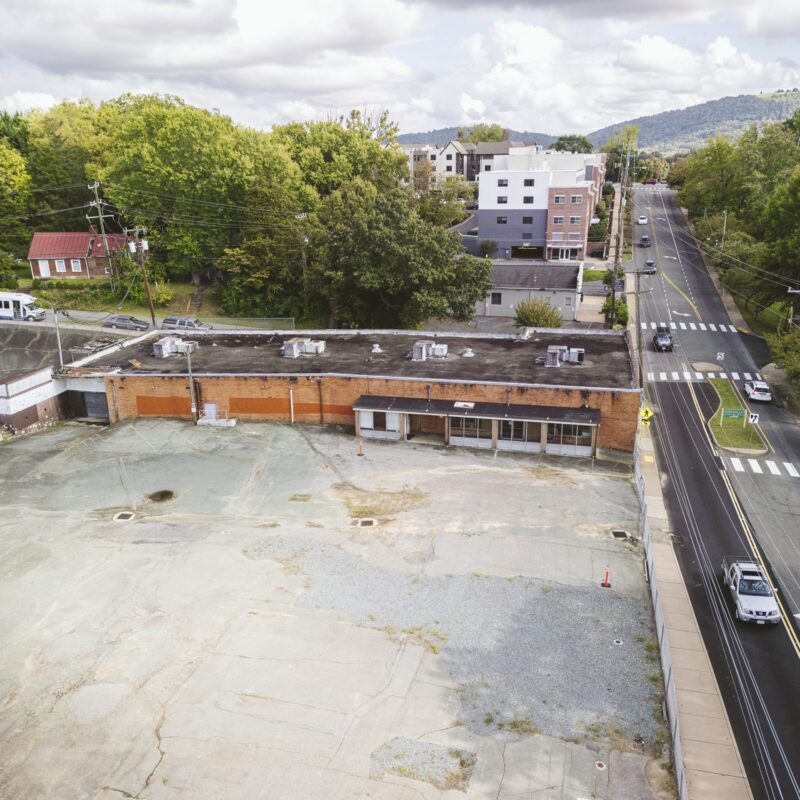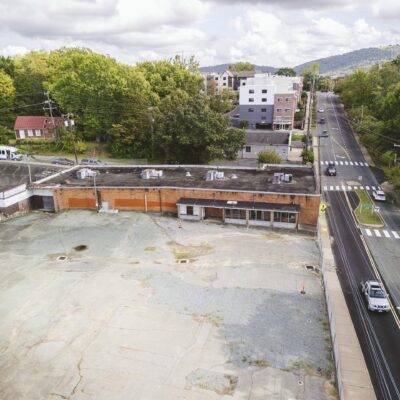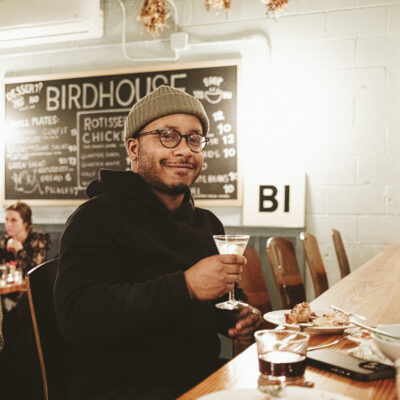Greetings, friends. You have found the current edition of Green Reads. I know: this is the moment you’ve been waiting for! Ready, set, read…
Here’s a note about the fact that our City Market has been extended. Should be very neat to see what kind of produce is showing up in November and December… butternuts? a nice, crisp bunch of kale? Mmmmm.
The Progress reports on wind power in Virginia national forests. It’s certainly not a cut-and-dry issue. You’ve got your bats, you’ve got your roads, you’ve got your dwindling oil reserves.
Check out Eliot Coleman on how it’s not meat, it’s meat production using fossil fuels. This is a new argument to me, and a pretty compelling one. I respect Coleman a lot as the author of Four Season Harvest, one of my two favorite gardening books. (This is the other one.) For the more familiar perspective on meat and climate change, read this.
Our local veggie-oil-artist/heroes, Emily and Graham of Nourish(meant), have left the building! Or the town, I should say. I wrote about their preparation for a food-centered, veggie-powered journey in June, and now they’re on the road and posting thoughtful stuff on their blog. Check it out.
If you’re the wonkster sort, you might be interested in Charlottesville Tomorrow’s account of the County Supervisors engaging in a little disagreement about LEAP, the $500K grant that the community recently won for energy-efficiency projects. I happened to be present for this conversation and I can tell you it was contentious. Keep an eye on how LEAP is implemented, and whether it achieves its very ambitious goals.
Finally, here is Mother Nature Network’s slideshow of 10 species in danger of extinction. They’re all what’s called “charismatic megafauna”—big animals humans tend to love, like tigers and elephants. That might draw criticism from those equally concerned about rare bugs and lizards. But it’s also true that these glamorous, and gravely threatened, animals are often the ones who show up in humans’ songs and stories. If we lose them, we lose essential connections between culture and nature.
More green links, readers? Post ’em up.



